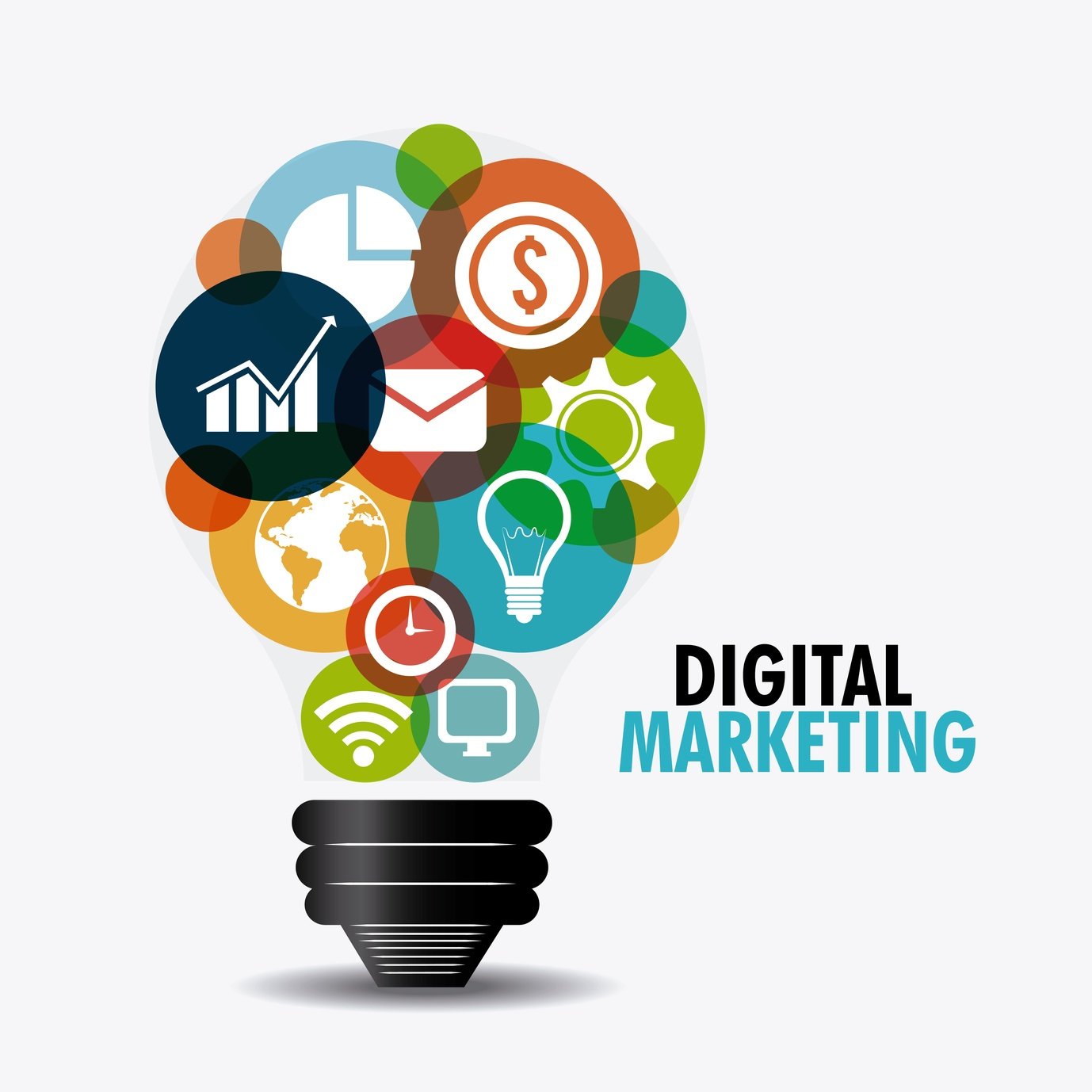The Ultimate Overview to Mastering Digital Marketing Techniques
The Ultimate Overview to Mastering Digital Marketing Techniques
Blog Article
Analyzing Data to Enhance Your Digital Advertising Performance
In an age where digital footprints are very useful, examining data is extremely important to maximizing your electronic advertising efficiency. With metrics such as Click-Through Rates and Conversion Rates, marketing professionals can acquire workable understandings that drive significant engagement. Tools like Google Analytics and heatmaps use a granular view of target market habits, enabling a targeted method to content creation. This data-driven strategy not just lines up marketing efforts with consumer preferences but additionally makes the most of Roi. Comprehending exactly how to continuously adapt and monitor to these insights is vital for maintaining agility in a rapidly developing digital landscape. Interested about taking your advertising to the following level?
Identifying Key Metrics

Prominent amongst these metrics are Click-Through Rate (CTR), Conversion Price (CR), and Roi (ROI) CTR shows the portion of customers who click on an ad or link, giving insight into the effectiveness of imaginative assets and targeting methods. CR procedures the proportion of website visitors who finish a desired activity, such as buying or filling up out a type, therefore reflecting the effectiveness of the sales funnel. ROI, on the various other hand, examines the profitability about the costs incurred, providing a detailed view of the monetary impact of advertising and marketing tasks.
In addition, other vital metrics like Client Purchase Expense (CAC) and Life Time Worth (LTV) offer deeper understandings right into the cost-effectiveness and lasting worth created from advertising and marketing initiatives. By carefully tracking these KPIs, companies can make data-driven choices to fine-tune and boost their electronic advertising strategies.
Comprehending Customer Actions
Structure on the structure of key metrics, a comprehensive understanding of consumer behavior gives a nuanced point of view that drives much more effective electronic advertising and marketing approaches. By examining exactly how customers interact with your on-line platforms, you can reveal patterns and preferences that inform targeted advertising initiatives. This includes inspecting various touchpoints such as internet site navigating, content consumption, and social networks engagement.
Comprehending consumer habits begins with segmenting your target market based upon group, psychographic, and behavior information. This segmentation enables individualized advertising, satisfying specific requirements and choices of distinctive teams. Determining frequent customers versus single purchasers can assist customize promotional offers and communication approaches accordingly.
Additionally, mapping the customer journey is crucial. This includes tracking the steps a client takes from initial awareness to final purchase, and even post-purchase involvement. By doing so, you can identify potential drop-off factors and maximize these locations to boost consumer retention and conversion prices.
In addition, analyzing comments and reviews offers straight insights into customer complete satisfaction and areas for improvement. Comprehending the motivations, discomfort factors, and expectations of your audience makes it possible for the crafting of even more effective and powerful advertising and marketing messages, inevitably driving higher engagement and commitment.
Leveraging Analytical Equipment
Taking advantage of the power of analytical tools is indispensable for optimizing digital marketing efficiency. These tools provide granular understandings right into different aspects of advertising and marketing campaigns, from audience involvement to conversion rates. By leveraging systems such as Google Analytics, HubSpot, and Adobe Analytics, marketers can track key efficiency indicators (KPIs) and get actionable data. This data-driven strategy allows companies to make enlightened decisions, fine-tune techniques, and allocate resources much more properly.
The utility of analytical tools extends beyond mere data collection. Heatmaps can expose individual interaction with web site elements, while A/B screening devices can determine the effectiveness of different content variations.
Integrating logical tools with various other electronic marketing platforms, such as social networks and email marketing software, produces a natural environment for extensive efficiency tracking. This all natural sight makes sure that all aspects of a digital marketing approach are lined up and maximized. In a progressively competitive electronic landscape, the ability to leverage logical devices efficiently can be the making a decision aspect between success and stagnation.
Enhancing Web Content Method

One trick aspect of boosting web content method is comprehending audience preferences and actions. Analytics can expose demographic details, optimal interaction times, and preferred web content formats, such as videos, infographics, or blog sites. This expertise permits marketers to tailor their web content to satisfy the particular requirements and rate of interests of their target market, thus raising the probability of involvement and conversion.
Furthermore, continual tracking and evaluation of material efficiency give understandings into what is functioning and what requires adjustment. As an example, A/B testing various headings or calls-to-action can yield important information on aspects that drive one of the most engagement. Furthermore, tracking material efficiency across numerous channels helps in enhancing circulation methods, guaranteeing that the ideal web content gets to the appropriate target market via the most reliable systems.
Essentially, data-driven material technique improvement is an intermittent procedure of improvement, evaluation, and execution, geared towards supplying optimal value to both the organization and the target market.
Gauging Project Success
Gauging project success is vital for Continued recognizing the performance of electronic marketing campaigns and making educated choices for future initiatives. Precise measurement allows marketing professionals to assess if their approaches are achieving preferred purposes, such as enhancing brand recognition, creating leads, or improving sales. Secret efficiency indicators (KPIs) are important metrics that provide insights into project performance. Usual KPIs consist of click-through prices (CTR), conversion rates, roi (ROI), and consumer purchase costs (CAC)
To successfully gauge project success, it is vital to set clear, quantifiable goals from the start. These goals need to be straightened with wider business goals and give a standard for examining performance. Making use of tools like Google Analytics, social media sites analytics, and CRM systems can promote the tracking of these KPIs and use real-time data insights.
Evaluating this data aids identify which elements of the campaign are working well and which need adjustments. A reduced CTR might suggest that advertisement duplicate needs refinement, while a high CAC might recommend a demand for targeting optimization. Constant monitoring and analysis make sure that marketing initiatives are agile and receptive, eventually resulting in much more efficient and reliable campaigns.
Final Thought
To conclude, the optimization of digital marketing performance via information analysis is critical. Recognizing crucial metrics such as Click-Through Fees (CTR) and Conversion Fees (CR) permits a much deeper understanding of consumer actions. Leveraging logical devices, including Google Analytics and heatmaps, improves material techniques and campaign effectiveness. Continuous tracking and data-driven modifications guarantee that advertising initiatives straighten with progressing fads, inevitably driving greater Return on Investment (ROI) and accomplishing tactical objectives.

Report this page